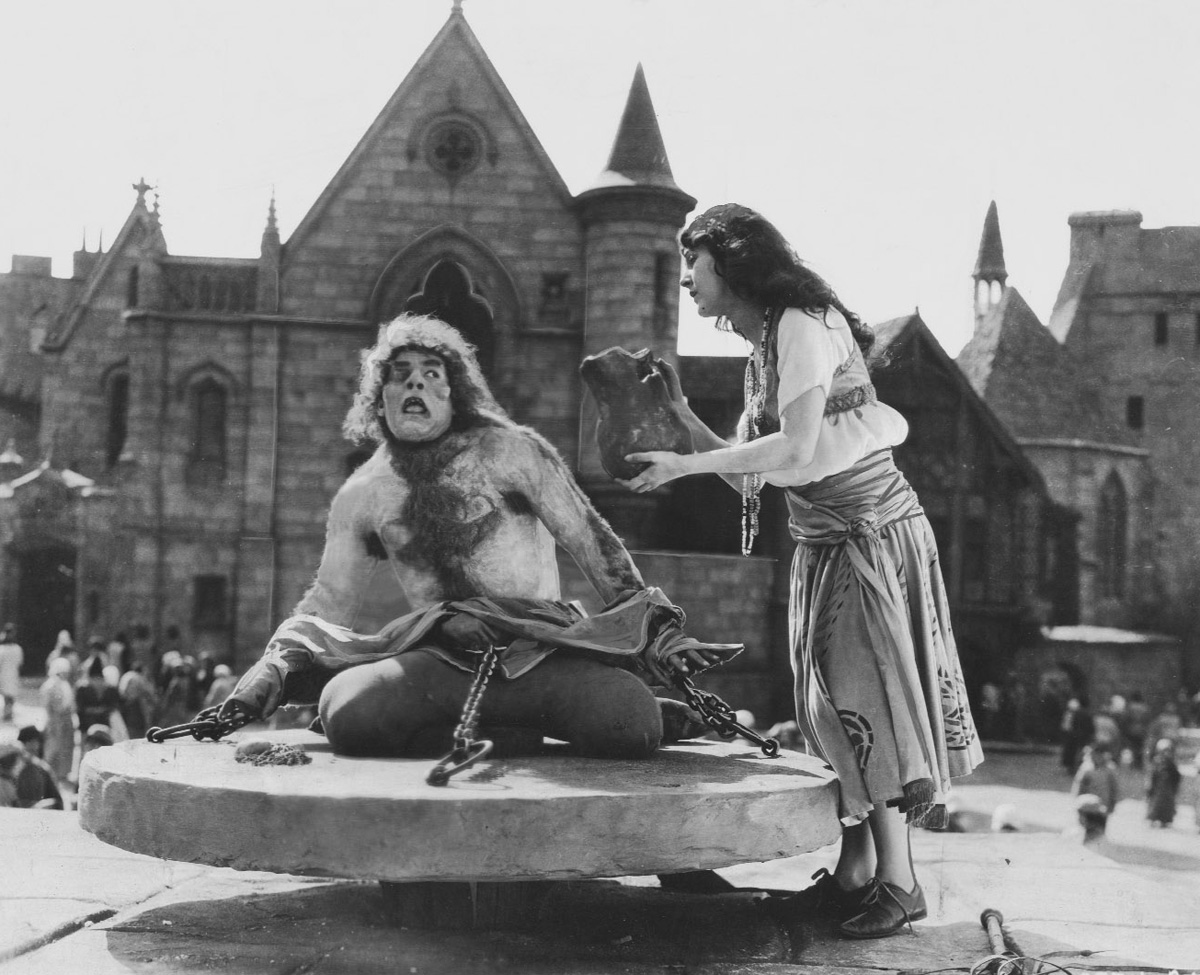Intersections: A Pagan View of Modern Culture
An exploration of culture, the arts, and science through the lens of modern paganism.
Virtues of the Goddess: Reverence
As the calendar moves through October, our local theater options tend to turn toward plays with darker themes. Early in the month, I was privileged to see two beautifully realized musicals that turn a shaded eye onto humanity’s condition. The first was Sweeney Todd, the classic tale of the murderous barber of Fleet Street. The other was a surprise: a powerful stage musical adaptation of Disney’s animated film The Hunchback of Notre Dame (itself adapted from Victor Hugo’s novel).
Both of these musical feature pious, powerful men who become villains in their thirst for even more power and control over a woman who is unlucky enough to catch their fancy. In both cases, these men result to a scorched Earth policy to force themselves upon the women they lust after, all the while maintaining an air of haughty propriety - a sense that everyone should be like them, and those who are not are unfit to live. And yet, each show features an intense musical number where the pious villain breaks down in his weakness, turns to mush, then commits to his vile course of exploitation and murder.
Sweeney’s Judge Turpin whips himself in shame, then sexually advances on his adopted daughter. This, of course, years after he acquired that daughter by raping her mother and falsely sending the girl’s father away to prison for life.
Hunchback’s Frollo, a Catholic priest, prays to his God, begs for help, then strikes out to burn Esmeralda at the stake if she refuses to submit to his sexual desires.
Both excuse their actions through prayer, begging their god for mercy while offering none to the women who deny them. Both use their positions of power and prestige as a sword to the throat of the innocent. Both are objects of reverence in their own community who aren’t worth the ground their victims spit on.
At the end of Hunchback we are give a powerful riddle to solve:
What makes a monster,
And what makes a man?

- What Makes a monster? Wikimedia

- What makes a monster? Source: Playbill.com
At the darkness of Samhain approaches, it came to me that the answer is the final virtue in this series: Reverence. You can tell a “man” (to be inclusive, a person) by whom and what they revere. In this case, actions speak louder than words. Both villains make a show of revering their Catholic God, but in truth they revere power over others, control, abuse, and manipulation. Without getting political, I think we can find a lot of people in our modern society like that. These are the monsters.
Yet, there are others, people from all faith traditions and those who claim no faith, who revere the ideas and morals than make them “a man,” and their actions also reveal their loyalties. Do they stand up for love? Equality? Fairness? Do they live that every day? Do they speak out for these things? Do they truly live up to the moral code they espouse? All of these can be done regardless of religious practice. And if you truly revere these qualities, you live them.

- And What Makes a Man?/ Source: eddieonfilm.blogspot.com
We get tested when things get dark in our lives. As we approach Samhain, the time of darkness, we face toward our ancestors and we know that they know our true selves. We come face to face with our death, and we know that what we revered in life will follow us in the memories of those who live after us, those who will call us ancestors.
What do you revere? Would you rather be a “monster” or a “man”?
Virtues of the Goddess is a series on the eight virtues mentioned in the Charge of the Goddess and their relationship to the sabbats of the Wheel of the Year. This is the final installment - Part 8: Reverence.
Comments
-
Please login first in order for you to submit comments




















